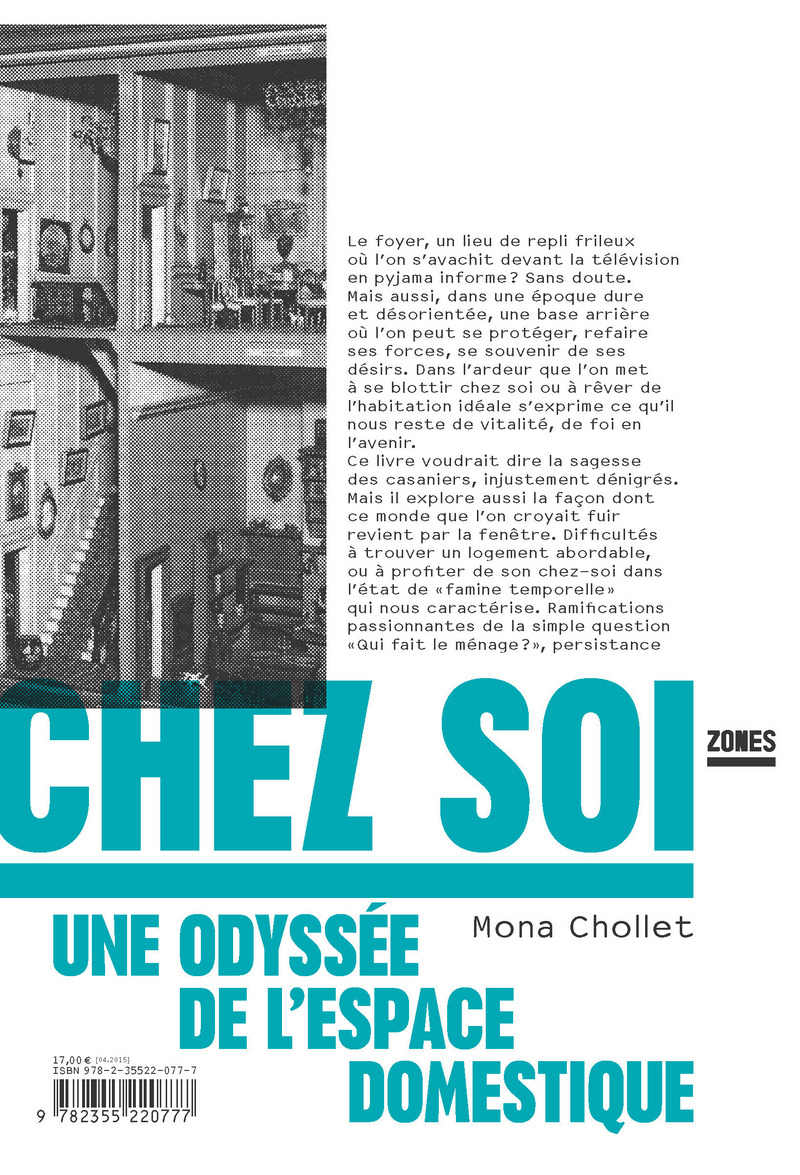Description
The burial monument to the architects Pierre and Alphonse Kemp is the only one in Notre-Dame cemetery bearing a Celtic cross. In Christian symbolism, the ringed cross represents the five wounds of Christ on the cross. The tomb bears the names of Pierre Kemp (1841–1895), his wife, Anne Heuskin (1846–1907), and their three children, Alphonse (1872–1950), Marie Amélie (1875–1941) and Pauline (1877–1945). Pierre Kemp was born on 11 October 1841 in Sandweiler. He studied architecture in Düsseldorf and Munich. He passed away in Luxembourg on 19 July 1895. Pierre Kemp was one of the most renowned architects of his time. He designed the churches in Rollingergrund, Dudelange, Mertert and Bettembourg. He was also a co-founder of the Société du Casino bourgeois (Casino Forum d'Art Contemporain), one of Luxembourg City's most emblematic buildings, which he designed with Pierre Funck. Another remarkable townhouse that bears his signature is the Baldauff villa (1880) in {Avenue Marie-Thérèse (built for Eugène Kerckhove).
Pierre Kemp's son, Joseph-Henri Alphonse, studied engineering at the École Centrale des Arts et Manufactures engineering school in Paris and graduated in 1894. Before joining his father's firm, he pursued further studies in civil engineering and architecture at the Munich Academy. Early on, Kemp developed an interest in the urban development of the city, in which he took an active role in his capacity as a municipal councillor. By 1899, the future member of the Grand Ducal Institute had already attracted attention with his publication titled "Etudes et projets relatifs à l’embellissement, le développement et l’assainissement de la ville de Luxembourg" (Studies on and projects for the embellishment, development and sanitation of the city of Luxembourg). In 1902, he submitted plans for creating a stop on the railway viaduct at the Altmunster Plateau. In 1904, he and Antoine Luja designed the primary school in Limpertsberg. Two years later, he was tasked with building the new municipal baths, which would include a swimming pool and a spa. The same year (1906), Kemp was also the developer in a project to open up a new avenue between the viaduct and Côte d’Eich. In 1911, Kemp submitted a project to the government to develop the Grund and Pfaffenthal. By changing the course of the Alzette, enough power could be produced to operate a hydroelectric plant. The dry riverbed could be transformed into a boulevard, with a lane for a tram and another for freight trains. A marshalling yard could be built in Val des Bons Malades, and workers' housing in Fetschenhof. As someone who was always open to new technologies, he considered the possibility of hooking up an entire city district to a central heating plant.
Kemp also went on to draw plans for the development of Mondorf-les-Bains spa, and to study the possibility of a canal link between the Chiers and the Moselle. In 1947, the Minister for Public Works appointed him to the Commission pour l'étude de la canalisation de la Moselle.
Kemp was a keen promoter of the use of gas and electricity as sources of energy and sat on the Board of Directors of the Société de la Houve in Creutzwald. The Société de la Houve specialised in the production of electricity. Alphonse Kemp was one of the co-founders of the Société Électrique de Mondorf-les-Bains, which itself was directly linked to the La Houve power plant. As an architect, he designed several houses in Kopstal, Luxembourg City, Mondorf-les-Bains and Roeser. With his father, he designed the churches in Bour, Dudelange and Luxembourg-Neudorf. He also designed the church in Herserange (Meurthe et Moselle). He passed away in Luxembourg on 27 July 1950.
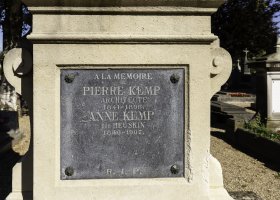
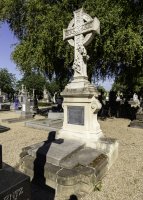
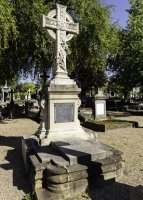



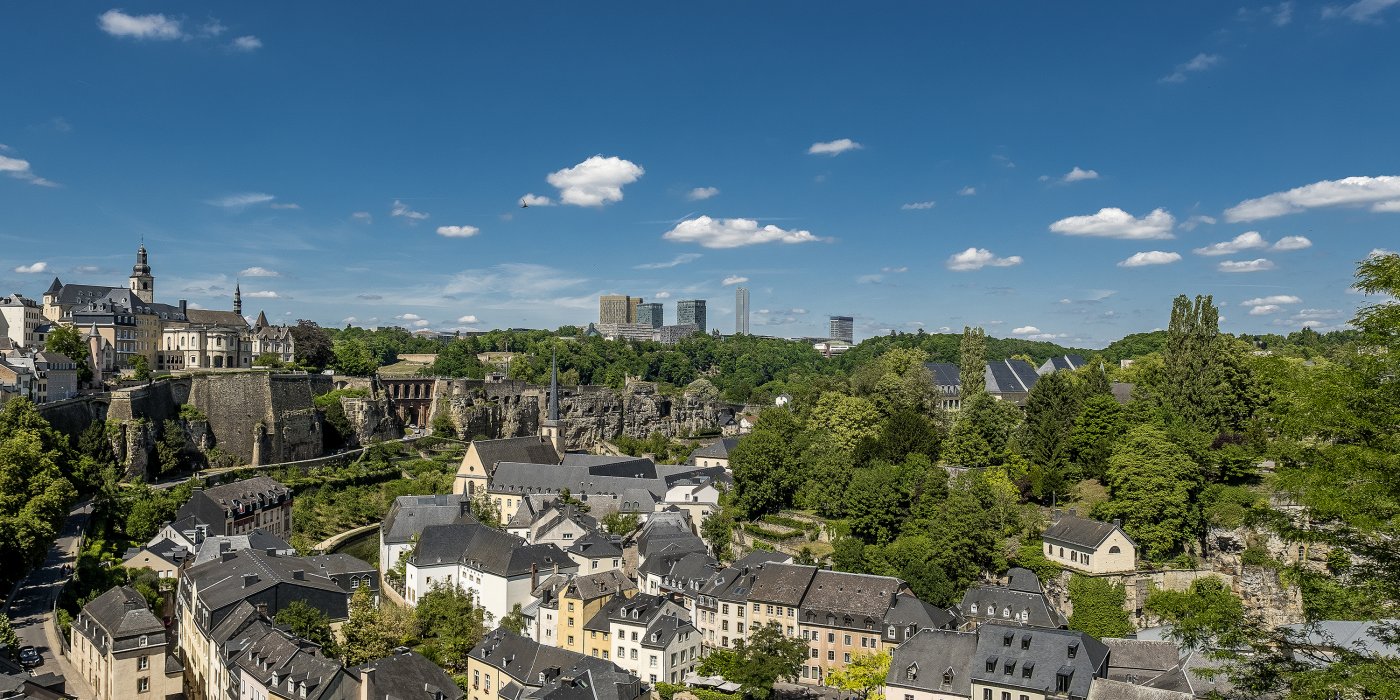











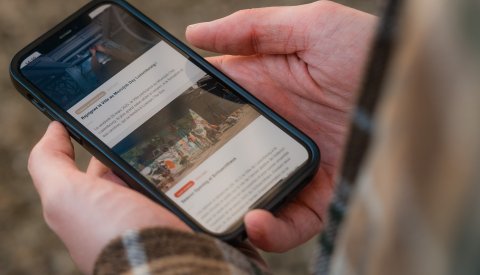
![Image of event Faust – Eine deutsche Volkssage [feat. Murcof] (Live@Cinémathèque)](https://storage.googleapis.com/lu-echo-prod-experiences/wNqoZmove5SG6TRjbN97Kc/faust-eine-deutsche-volkssage-feat-murcof-retrospective-friedrich-wilhelm-murnau-WRGsCI/media_Faust_03_main.jpg)
